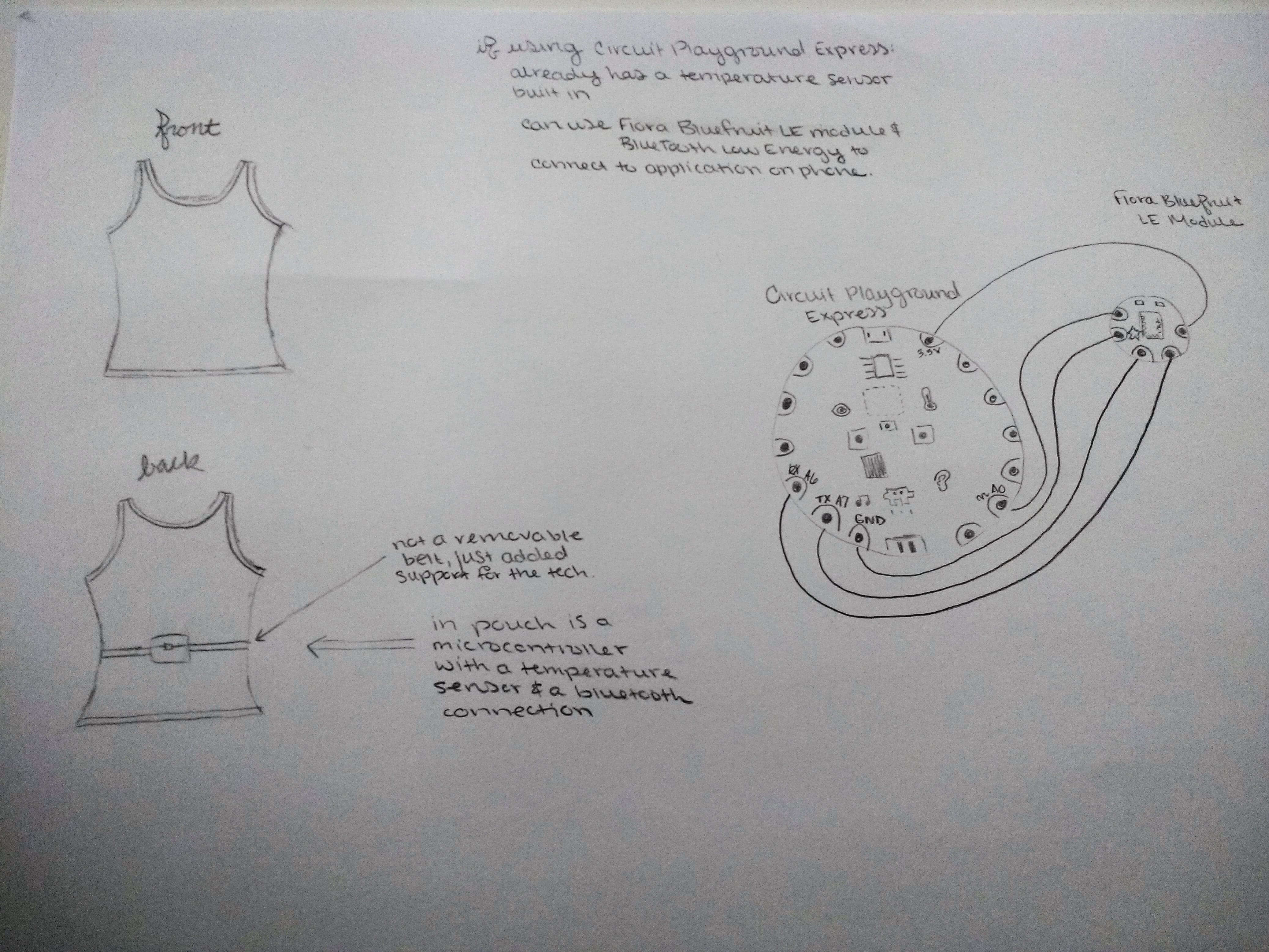Smart Knee Sleeve
Jake Cordover

Rehabbing from significant knee injuries/surgeries consists of different therapuetic protocols that almost always involve regaining knee flexion and extension. Consequently, physical therapists are tasked with hitting certain flexion/extension milestones throughout a recovery, however— the failure to adhere to such milestones (too much or too little) can result in lifelong loss of function.
Currently knee flexion and extension is measured with a device called a Goniometer. Goniometers are accurate and work well in clinical settings, however when patients go home and complete exercises and live their day to day lives, a Goniometer becomes of little use— hence the Smart Knee Sleeve.
The Smart Knee Sleeve is a soft, functional knee sleeve. By using strategically placed stretch sensors, the knee sleeve will communicate with devices, feeding live flexion and extension data. Patients at home can feel comfortable flexing and extending legs, knowing they are within the confines of the therapists recommended allowances. Therapists will be granted insights into how patients are completing their exercises and if there is too much or too little mobility.
However, applications of the Smart Knee Sleeve are not confined to injury rehabilitation. Additional, pragmatic applications include: examining data to deduce mechanism of injury perhaps allowing for better diagnosis, flagging data extrema as something that should be pursued further, a comparative tool to make sure both legs are performing in similar manner, a performance enhancing tool to coach proper form and alignment in various sporting activities, and many, many more applications.
Potential consumers could vary from athletes recovering from injury, to athletes wishing to find data as a performance boost, to older patients simply trying to recover to regain normal function. As a soft, functional sleeve, this device will appeal to many people, in all stages of activity.
For the execution of this project, I am confident in coding and handling data. I also have had exposure the the medical aspect of this project. I am less confident in designing and handling the physical componentry as well as the different aspects in creating a comfortable, sleek garment.



